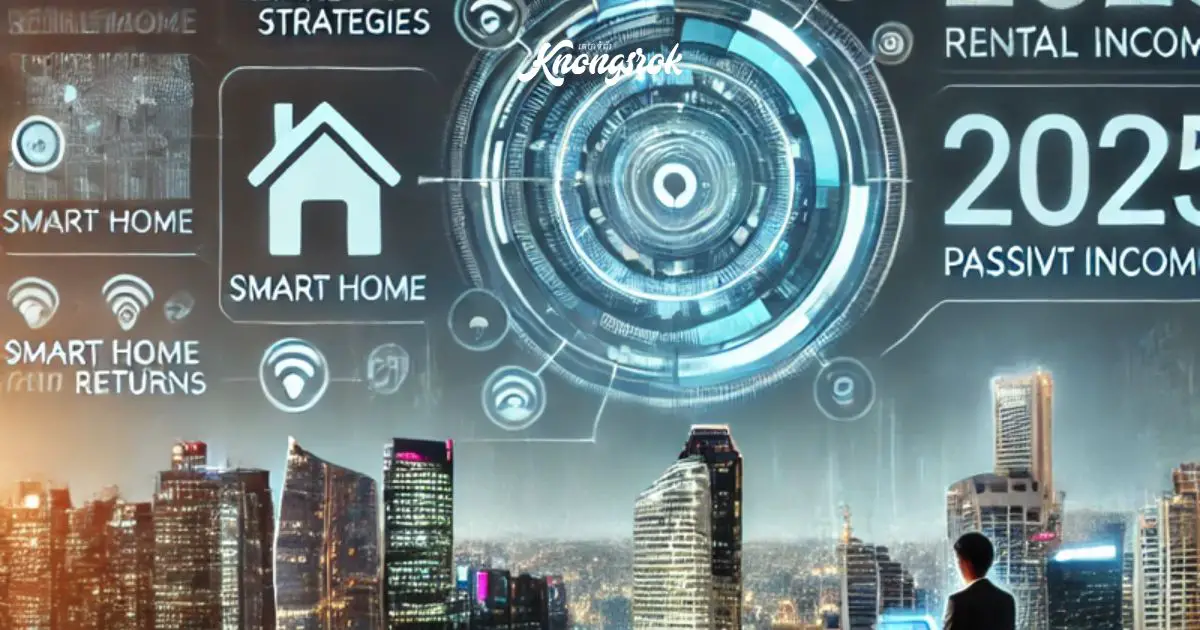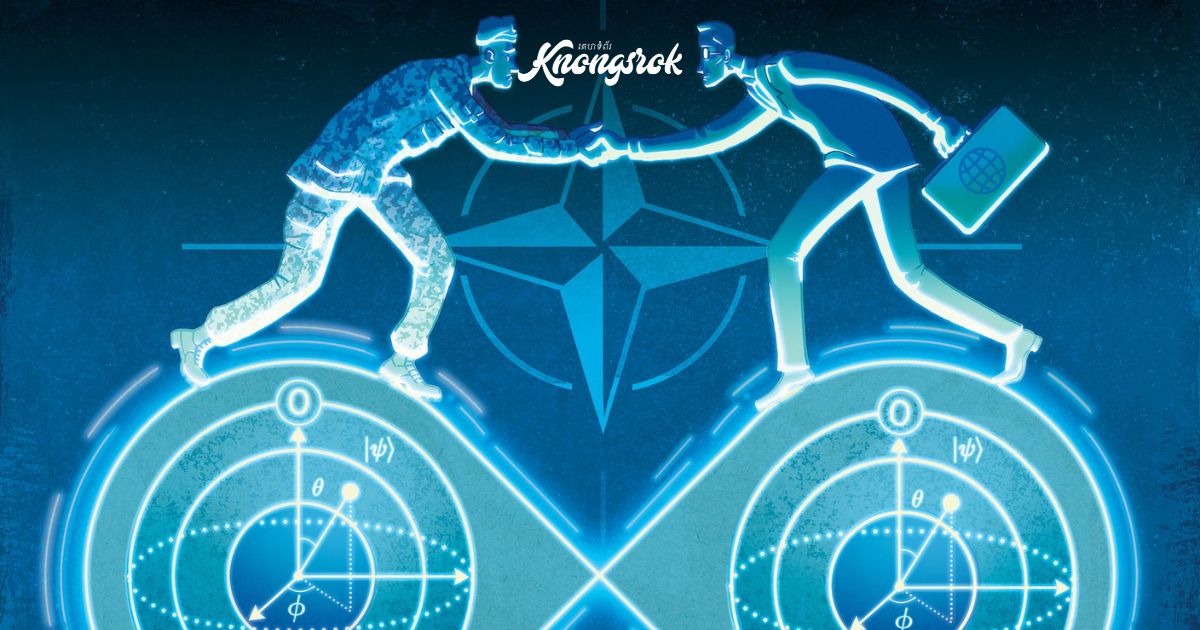The Balance of Give and Take: Maintaining Harmony in Relationships
Healthy relationships are built on balance—an equilibrium where both giving and receiving are valued. Whether in friendships, romantic partnerships, family dynamics, or professional settings, finding this balance is essential to ensuring that both parties feel valued, respected, and fulfilled. When one person is consistently giving without receiving, or vice versa, relationships can become strained, leading to feelings of resentment, neglect, or dissatisfaction.

The concept of “give and take” doesn’t imply that relationships should be transactional or involve keeping score. Rather, it reflects the natural flow of mutual support and effort that creates a harmonious connection. This balance helps maintain emotional, physical, and mental well-being for both parties, fostering longevity and deeper connections.
Why Balance Matters
In any relationship, giving is often seen as a sign of love, care, or commitment. But without receiving in return, the one giving can feel depleted, undervalued, or taken advantage of. On the other hand, those who only take without reciprocating can unintentionally foster imbalance, which weakens the foundation of trust and mutual respect.
Achieving a balance of give and take ensures that:
•Both individuals feel supported: Each person’s needs are acknowledged and met, creating an environment of mutual care.
•There’s room for growth: Balanced relationships allow for emotional, intellectual, and personal growth as each person supports the other’s journey.
•The relationship remains sustainable: Over-giving can lead to burnout, while excessive taking can create feelings of guilt or dependence. Striking a balance makes the relationship more sustainable long-term.
Signs of an Imbalanced Relationship
When the balance of give and take shifts too far in one direction, the relationship can feel strained. Here are a few signs of imbalance:
•One-sided effort: One person is consistently initiating, planning, or taking responsibility, while the other passively benefits.
•Emotional exhaustion: The giver may feel drained, both emotionally and physically, from constantly being the one to nurture the relationship.
•Lack of appreciation: When one person gives excessively, they may feel unappreciated or taken for granted if the other doesn’t reciprocate or acknowledge their efforts.
•Resentment: Over time, an imbalance can lead to hidden resentment, even if the person giving doesn’t vocalize their frustrations.
Creating a Healthy Balance of Give and Take
1. Self-awareness and Communication
The first step to maintaining balance is recognizing how much you’re giving or receiving in a relationship. Reflect on your behaviors and whether you feel that you’re overextending yourself or not contributing enough. Honest communication with the other person is key to addressing any imbalance. Discuss your feelings openly to prevent misunderstandings.
Tip: Ask yourself, “Do I feel appreciated and valued in this relationship?” or “Am I making enough effort to support the other person?”
2. Set Boundaries
Giving doesn’t mean ignoring your own needs. Setting healthy boundaries ensures that your emotional and physical well-being is protected. Overextending yourself may lead to burnout, and healthy relationships should respect each person’s limitations. Similarly, boundaries help prevent over-reliance on the other person.
Tip: Be comfortable saying no when necessary, and communicate your boundaries clearly and kindly.
3. Be Open to Receiving
Some people naturally lean toward giving and may struggle with receiving support or help in return. However, being open to receiving is just as important as giving. It allows the other person to show their care and appreciation, contributing to the balance.
Tip: Accept compliments, assistance, or acts of kindness with gratitude, without feeling guilty for receiving.
4. Show Appreciation
Simple gestures of gratitude can go a long way in maintaining balance. Acknowledging the efforts of the other person reinforces the give-and-take dynamic. Everyone likes to feel appreciated, and a few words of thanks or an act of kindness can ensure that the giver feels valued.
Tip: Regularly express appreciation for both small and big acts, showing that you notice and value the other person’s efforts.
5. Practice Reciprocity
Reciprocity doesn’t mean that every act needs to be matched equally in value, but it does mean being mindful of contributing to the relationship. If one person has been particularly supportive, find a way to reciprocate with an act of kindness, support, or understanding.
Tip: Be proactive in offering help or showing care, even when it’s not expected.
6. Check In Regularly
Relationships are dynamic, and the balance of give and take can fluctuate over time due to external circumstances, such as stress at work or personal challenges. It’s important to check in regularly with each other to ensure that both parties feel supported and that the balance is maintained.
Tip: Ask your partner or friend, “How are you feeling about the way we’re supporting each other?” to encourage open dialogue.
Barriers to Maintaining Balance
•Guilt or Obligation: Some people give excessively because they feel obligated or guilty. This can create an unhealthy dynamic where the giver feels trapped and the relationship becomes emotionally draining.
•Fear of Vulnerability: Some may avoid receiving help or support because they don’t want to appear vulnerable. However, accepting help strengthens relationships and shows trust in the other person.
•Taking for Granted: When one person becomes used to receiving without giving back, they may unintentionally take the other person for granted, leading to imbalance.
The Role of Empathy in Balancing Give and Take
Empathy is a crucial element in achieving and maintaining balance in relationships. It allows individuals to understand the needs and feelings of the other person. When both people practice empathy, they’re more likely to recognize when the balance is off and take steps to correct it.
For instance, if someone notices their partner is feeling overwhelmed by always giving, they can step in and offer support. Similarly, the person who typically gives can show empathy by recognizing their own needs and allowing themselves to receive.
Conclusion
The balance of give and take is fundamental to maintaining harmony in relationships. It ensures that both individuals feel valued, supported, and fulfilled. By practicing open communication, setting boundaries, showing appreciation, and being mindful of reciprocity, relationships can thrive in a way that benefits both parties. In this balance, relationships find their strength, sustainability, and capacity for mutual growth.
Let me know if you’d like to add more sections or details!














